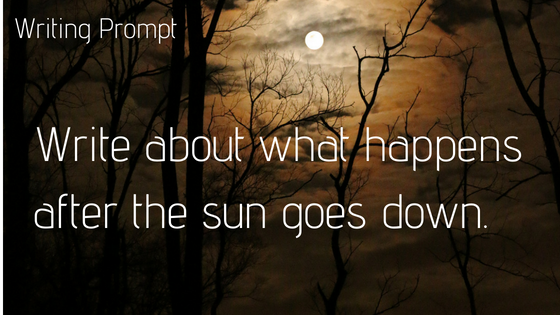Characters are my absolute favorite part of writing any story. They’re often the spark of a new project for me—I get an image of a scene in my head, and while the events are exciting, it’s the characters’ dialogue that has me scrambling for a scrap of paper and a pen. It’s my first glimpse into their world and who they are within it. What are they feeling? Why? How did they get here? How do they relate to each other?
Different writers approach developing their characters differently and have varying philosophies about the process. For my protagonists and antagonists, my process usually involves discovering them rather than designing them (although that sometimes happens, too). Not all characters kick in the door to my brain, ready to reveal everything about themselves. Sometimes, for the sake of the story, a character takes intentional design. Old-school allegories are an example of designing a character for a set purpose.
I’m particularly fond of the cast of characters fueling my current work in progress (this protagonist was definitely a door-kicker). So today, we’re going to talk about a few tips for getting into the heads of your characters.
Complete a Character Questionnaire
Google “character questionnaire” and you’ll find a hundred pre-made questions all centered on character details. You can find quick versions with introspective questions—What motivates your character? What’s their darkest secret?—to questions so detailed you’ll walk away knowing your protagonist’s favorite type of cheese (brie, anyone?). These are a great place to get started if you haven’t done a character outline before, and can be super helpful to keep on hand for consistency once you start writing. For example, if you’re writing a rom com and want the love interest to bring the protagonist their favorite coffee after a fight, it’s helpful to have a reference sheet so you don’t have your protagonist loving caramel lattes in one chapter and spitting caramel out in disgust a few chapters later.
Take A Personality Quiz
There are a lot of personality quizzes out there: Myer Briggs, Enneagram, even Buzzfeed. Not all of them are free, but if you hunt around you can find them! Whether or not you believe in the validity of personality assessments for yourself, they can be a tool to get a better idea of your character, even if you already know them pretty well. I did this recently with 16Personalities (it’s free!). I picked two characters from my work in progress and completed the questions how I believe my characters would answer them. Are the results of these types of assessments generalizations? Absolutely. Do they account for individual experiences and how they shape a person? No. But it can still be a good way to gather an overarching sense of why characters (outside of their individual life circumstances) might approach their world the way they do.
Connect through Other Mediums
I’ve found using mediums other than writing, such as drawing, fashion, and pre-existing imagery (like Pinterest boards) sometimes help me nail down details about my characters. While external appearances don’t determine personality traits, I think it’s fair to say that in life, people often use external means like clothes, hair styles, home decor, and similar things to outwardly express how they internally feel or view themselves (or to the opposite effect, to hide those things).
While I’m not magnificent at drawing, I enjoy it, and drawing my characters together helps me get a visual sense of their relationships. I think of it like taking a candid photo: “If these two characters happened to be next to each other, what would their expressions and body language be? Are they the type of friends who nudge each others’ shoulders? Friendly rivals who would smirk at getting a rise out of each other? Loners who wouldn’t be caught dead standing near anyone else at all?”
Fashion can be used to a similar effect. You can sketch out what you think characters would wear or collect images of aesthetics and make a collage or Pinterest board. If you’re a fan of cosplay, how would you dress as each of your own characters? All of these things are fun and useful ways to get into the heads of your characters.
Happy writing!










